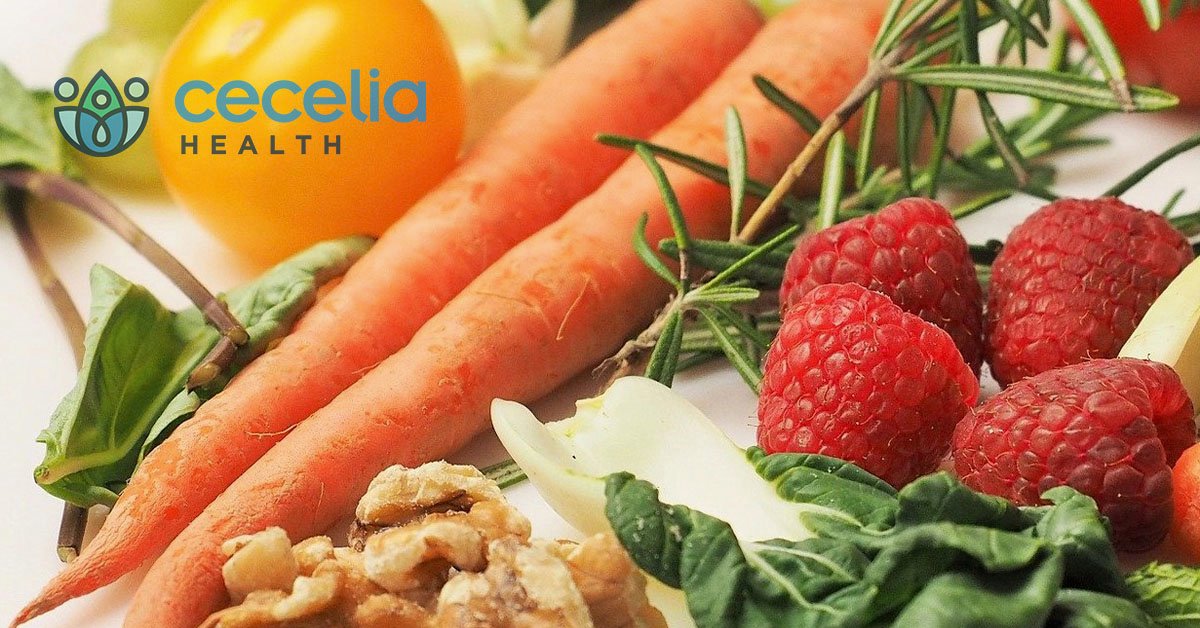Antioxidants are naturally occurring substances found in certain foods that may help protect against damage to the body caused by free radicals. Free radicals are molecular compounds that do not have a paired number of electrons and that can result in cell damage. Free radicals may aid in the progression of certain diseases, such as cancer or heart disease. Free radicals also may contribute to the loss of vision as you age. Free radicals are found in a variety of sources, such as pollutants in the air, X-rays, smoke from cigarettes, and more. Antioxidants may help to prevent some of the damage that is caused by free radicals and assist with decreasing the risk of certain diseases like cancer or heart disease and may even improve immune function or risk of infection.
Whole foods such as fruits, vegetables, whole grains, nuts, and seeds are all great sources of antioxidants. In fact, whole foods are the best way to absorb antioxidants. This is because nutrients and other antioxidants in foods aid in the absorption of antioxidants. When you select a variety of colorful food sources, that helps you to get in an assortment of antioxidants. Below includes a non-inclusive list of some antioxidant sources.
- Fruits: Fruits contain a variation of different antioxidants, such as beta-carotene, anthocyanins, flavonoids, lycopene and vitamin C.
- Beta-carotene can be found in orange fruits such as mangoes and apricots.
- Grapes and berries are great sources of anthocyanins.
- Flavonoids are found in berries, apples, and citrus fruits.
- Watermelon and grapefruit are good sources of lycopene.
- Oranges, kiwis, and strawberries contain the antioxidant vitamin C.
- Vegetables: Vegetables also contain a variety of antioxidants, such as allium sulphur compounds, anthocyanins, beta-carotene, flavonoids, indoles, isoflavonoids, lutein, lycopene, vitamin A, vitamin C, and vitamin E.
- Allium sulphur compounds can be found in leeks and onions.
- Eggplant is a good source of anthocyanin.
- Pumpkin, carrot, and spinach are good sources of beta-carotene.
- Onions and legumes are good sources of flavonoids.
- Broccoli, cabbage, and cauliflower are good sources of indoles.
- Soybeans and peas are good sources of isoflavonoids.
- Lutein is found in spinach and corn.
- Tomatoes are a good source of lycopene.
- Sweet potatoes and carrots are a good source of vitamin A.
- Vitamin C is found in broccoli and spinach.
- Avocado is a good source of vitamin E.
- Whole Grains: Whole grains contain antioxidants, such as lignans and vitamin E.
- Bran, rye, and barley are good sources of lignans.
- Vitamin E is found in oats.
- Nuts and Seeds: Nuts and seeds also contain antioxidants, such as lignans and vitamin E.
- Sesame seeds are good sources of lignans.
- Vitamin E can be found in nuts and seeds.
- Herbs and Spices: Herbs and spices are also a great way to flavor your food and add antioxidants, such as polyphenols and beta-carotene.
- Thyme and oregano are good sources of polyphenols.
- Beta-carotene can be found in parsley.
Meat, poultry, fish, red wine, chocolate, and tea are also great sources of antioxidants. Read this article written by Lysandra VanderHart on from Cecelia Health on Foods to Lower Blood Sugar in Diabetes Management that lists more antioxidant rich foods. Find more information about the antioxidant content in foods, beverages, herbs and spices from the Harvard Library.
